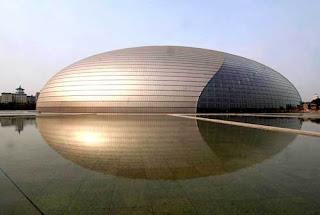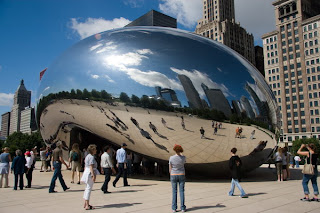PERIOD 1:
In the period of Xia, Shang and Zhou Dynasty, multitudes of bronze objects were produced. And the foundry technology of bronze had reached a high level with the development of “slave society”.
The types of bronze objects can be divided into 3 parts according to the usage: producing tools, weapons, vessels for ritual and household appliances.
 |
| "Bronze Plate" |
PERIOD 2:
The foundry of iron dates back from the Period of Warring States, which is connected with the establishment of feudal society. There are 2 kinds of techniques of foundry: foundry of block iron and foundry of pig iron. All kinds of types, such as white pig iron and grey pig iron, are widely used.
And at the same time, the ironmaking furnace, fuels and blowing machine had also developed accordingly.
 |
| "Iron Arrow" |
PERIOD 3:
With the development of feudal society, different kinds of technologies of steel foundry had been created by the people, such as:
1. Steel is from the foundry of block iron that is filled with carbon – had been introduced into application before the Period of Warring States.
2. Steel must be tempered for more than hundreds of times - started from the middle age of West Han Dynasty and developed from the early stage of East Han Dynasty.
3. Steel should be fried when smelted so as to take off the carbon and oxygen in pig iron – maybe it appears between two Han Dynasties.
4. Steel is from the iron casting that is filled with no carbon – developed from at least West Han Dynasty and was widely used in Han Wei Dynasty.
5. Steel is from the mixture of foundry between wrought iron and pig iron – it’s a kind of important technology of steel foundry starting from North and South Dynasty.
 |
| "Steel Sword of Tang Dynasty" |
PERIOD 4:
The foundry of bronze had developed further on the basis of technologies in Shang and Zhou Dynasties. A new kind of way in copper foundry – putting iron into copper-bath was created.
Brass was created. Zinc was extracted from mineral successfully.
Gold and silver were only used as currency and made into delicate adornments in ancient times.
 |
| "Brass Bowel" |
 |
| "Gold and Silver Accessories" |

































.jpg)















